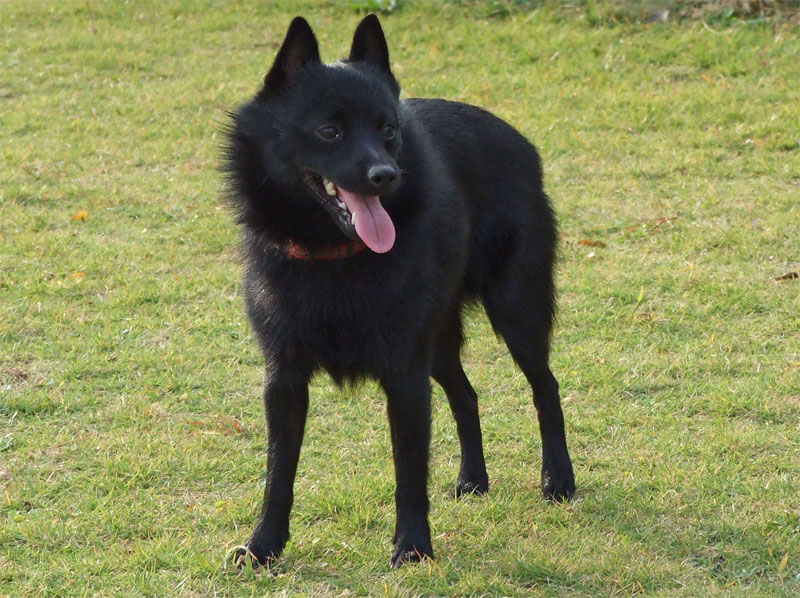
Let Me Tell You About the Shih Tzu
The Shih Tzu is a charming little companion with a royal past and a personality that’s equal parts cuddly and confident. Here’s a full profile tailored to your interests, especially if you’re exploring therapy-suited and allergy-friendly breeds:
🐾 Shih Tzu Overview
| Trait | Details |
|---|---|
| Size | Toy breed: 9–16 lbs, 8–11 inches tall |
| Coat | Long, double coat; comes in many colors |
| Temperament | Affectionate, outgoing, gentle, and loyal |
| Lifespan | 10–16 years |
| Hypoallergenic? | Considered low-shedding and allergy-friendly |
| Origin | Ancient breed from Tibet, favored by Chinese royalty |
| Exercise Needs | Low to moderate—indoor play and short walks suffice |
| Trainability | Moderate; responds best to gentle, consistent training |
| Therapy Potential | Excellent for emotional support due to their calm, loving nature |
🧠 Personality & Behavior
Shih Tzus thrive on human companionship and love being lap dogs.
They’re known for their cheerful disposition and are great with seniors and children alike.
Their brachycephalic (flat-faced) structure means they may snore or snort, adding to their quirky charm.
🧼 Care & Grooming
Their luxurious coat requires regular brushing to prevent matting.
Many owners opt for a “puppy cut” to simplify grooming.
Routine eye and ear care is essential due to their facial structure.
🏡 Ideal Home
Perfect for apartments or small homes.
They adapt well to multi-pet households and are generally friendly with other dogs and cats.












